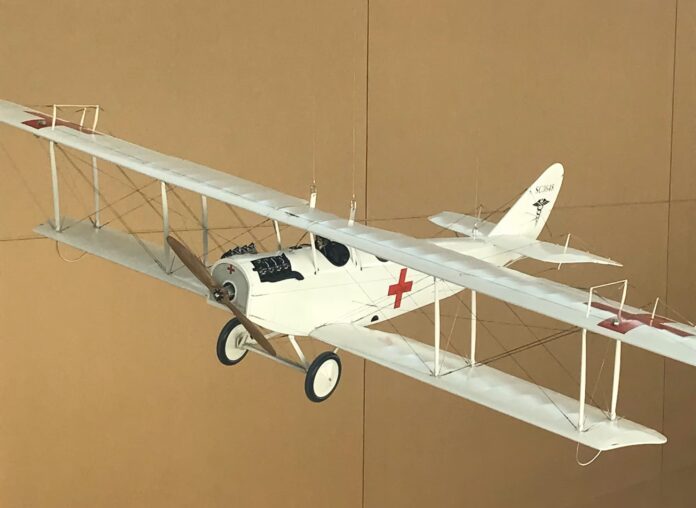Traveling by air can be a convenient and efficient mode of transportation, but for individuals with certain medical conditions or recent surgeries, flying commercially may not be advisable or even possible and air ambulance becomes the only way forward. Let’s explore various scenarios in which flying commercially might be off the table due to health concerns.

Injuries that Preclude Air Travel
Severe injuries can present complications. Trapped air in tissues surrounding the injury, known as subcutaneous emphysema, can expand at higher altitudes, leading to pain and further complications mid-flight. Additionally, injured passengers are at a higher risk of deep vein thrombosis, making air travel potentially hazardous and air ambulance travel the only option.
Infectious Diseases Can Necessitate Air Ambulance Transport
Infectious diseases and certain medical conditions may prevent individuals from boarding commercial flights. Airlines may refuse boarding to prevent the spread of illness, especially in the case of highly contagious diseases like COVID-19. Some medical conditions may also pose risks to the patient’s health during flight, necessitating constant medical supervision or access to specialized equipment not available on commercial flights.
Postoperative Considerations Can Veer a Patient Toward Air Ambulance Services
Patients who have recently undergone surgery must wait before flying commercially to avoid potential complications such as infection and blood clots. The risk of blood clots, including deep vein thrombosis, is heightened during long flights due to prolonged immobility and dry cabin air. It’s crucial for patients to consult their healthcare provider to determine the appropriate waiting period before flying post-surgery. While commercial air travel offers convenience, safety should always be the top priority, especially for individuals with medical conditions or recent surgeries. Consulting with healthcare providers and exploring alternative travel options, such as air ambulance services, can ensure a safe and comfortable journey for those with unique medical needs.


